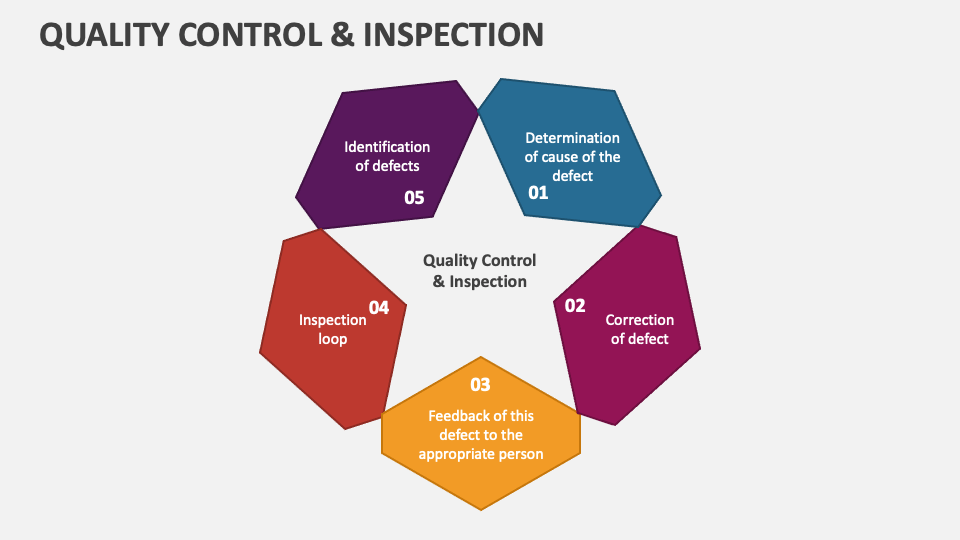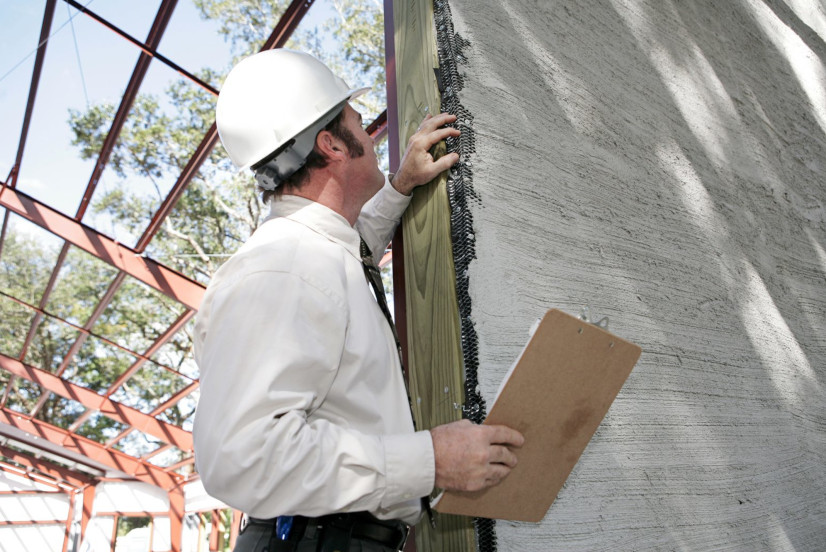When it comes to the construction industry, maintaining quality standards is high on the priority list. Since construction companies rely on the quality of their work in terms of working capital, quality control is one of the most critical aspects of any project.
A great final product can mean repeat business and ideal cost control. However, a low-quality job can cause a construction company to damage their good reputation, incur extra construction costs, and have other negative impacts on the organization as a whole.
Poor quality work has repercussions that extend to safety and communication, in addition to wasted time, resources, and materials. Adequate quality control procedures improve construction project efficiency and can even cause a ripple effect of high expectations throughout an organization.
Construction Quality Control Approaches
There are a number of ways to approach quality control management in construction, with each having its own pros and cons depending on the needs and scope of a company’s projects. The International Organization for Standardization established a set of quality standards called ISO 9001.
These seven standards are based on the engagement of people, customer focus, leadership, process approach, improvement, evidence-based decision making, and relationship management. Additionally, there are four other main approaches to quality control management in construction:
- Continuous improvement. Focuses on continuous incremental improvements to processes over time. Improvements are discovered through customer feedback and internal analytics processes.
- Kaizen. A Japanese word that means “change for the better,” Kaizen refers to a philosophy of continuously looking for ways to improve that is applied to quality control management. When all members of an organization implement Kaizen to their daily practices, gradual improvements can be seen over time.
- Six sigma. This problem solving framework focuses on proactively identifying and solving issues that arise. The main steps to this quality control management approach are Define, Measure, Analyze, Improve, and Control.
- Lean management. Waste elimination and reduction are key factors to this approach. Waste is determined by extraneous processes and materials that don’t provide value to customers or construction companies.
How to Ensure Construction Quality Control
Constructional quality control definitions vary slightly between organizations, but there are some things that all construction industry professionals must take into consideration when implementing quality control management protocols:
Define the expectations and acceptance criteria
Before implementing quality control procedures, quality standards must be clearly defined so that all parties involved have a clear understanding of what the client expects to see in the finished work. These expectations should include key acceptance criteria such as completing a project with zero defects that satisfy regulatory codes and client specifications.
Have an inspection plan in place
Inspections should take place regularly as a part of a thorough quality assurance plan at different points in the construction process. However, before conducting any inspections it’s crucial that organizations create a plan that details what needs to be inspected and what an acceptable result looks like. All completed work should meet client criteria, company expectations, and any other indications brought forth by invested parties.
Create a quality control checklist
Quality control criteria and expectations can be difficult to communicate and manage across teams without a standardized quality control checklist. A checklist simplifies the inspection process, making sure that critical aspects of quality control are not overlooked. Additionally, checklists also help clearly communicate areas of concern and the specific tasks each construction team member is responsible for.
Correct inaccuracies and deficiencies
The whole point of implementing quality control management procedures is to ensure that construction work meets company and client standards. Perhaps the most important aspect of any quality control management plan is to make time and tools available to make corrections and address deficiencies as they arise. Continuous monitoring of teams and construction sites as well as regular inspections allow for opportunities to discover work that does not meet expectations before it is completed and presented to the client.
Review and analyze problems and their solutions
During the process of monitoring progress and inspecting deliverables, issues and problems will be identified along the way. This can include the slow, manual processes that teams do just to get by – or “Gray Work.” In addition to mitigating these issues as they arise, it’s a good idea to include a step for construction project managers to review how each job went and analyze how these problems can be avoided in their next construction project. When conclusions are made regarding these issues, quality control managers need to communicate to the entire crew what the new expectations and quality requirements may be for projects to come.
What is the role of quality control in construction?
In construction, quality control refers to the processes and procedures that are involved to ensure that all materials and completed projects meet high standards and criteria that are put in place during the planning stages of the process. Quality control processes ensure that customer, builder, stakeholder, and other involved parties’ expectations are met and company standards are upheld.
What is the quality control process in construction?
The quality control process in construction includes 5 key steps:
- Define and communicate acceptable criteria.
- Create an inspection plan.
- Use checklists and notes to conduct inspections.
- Correct deficiencies and verify acceptance criteria.
- Analyze to prevent future deficiencies.
How do you manage quality control in construction?






